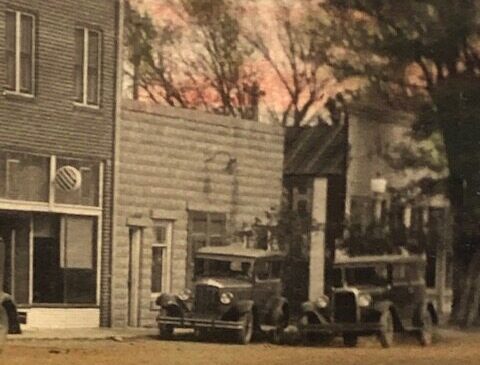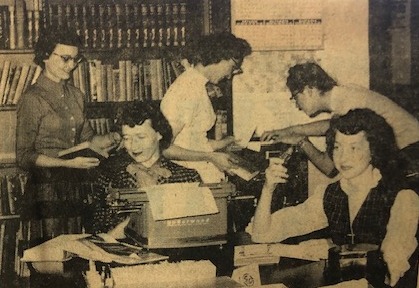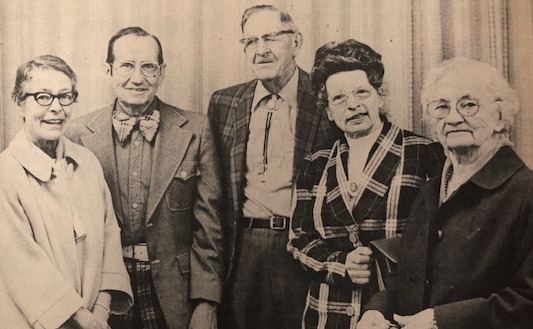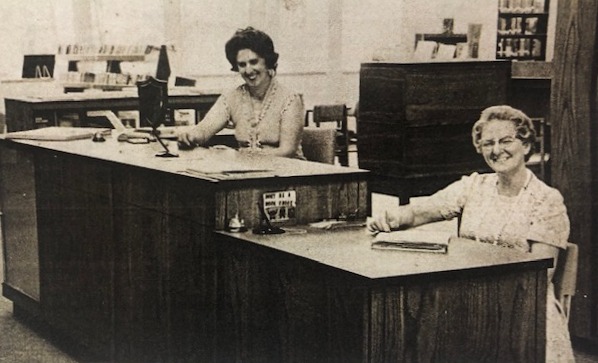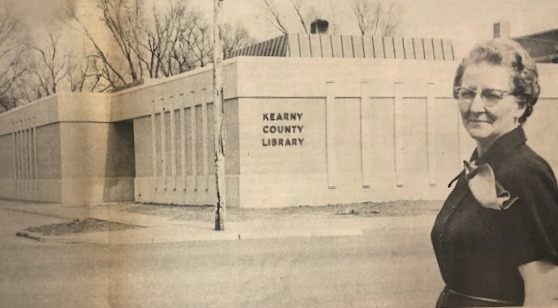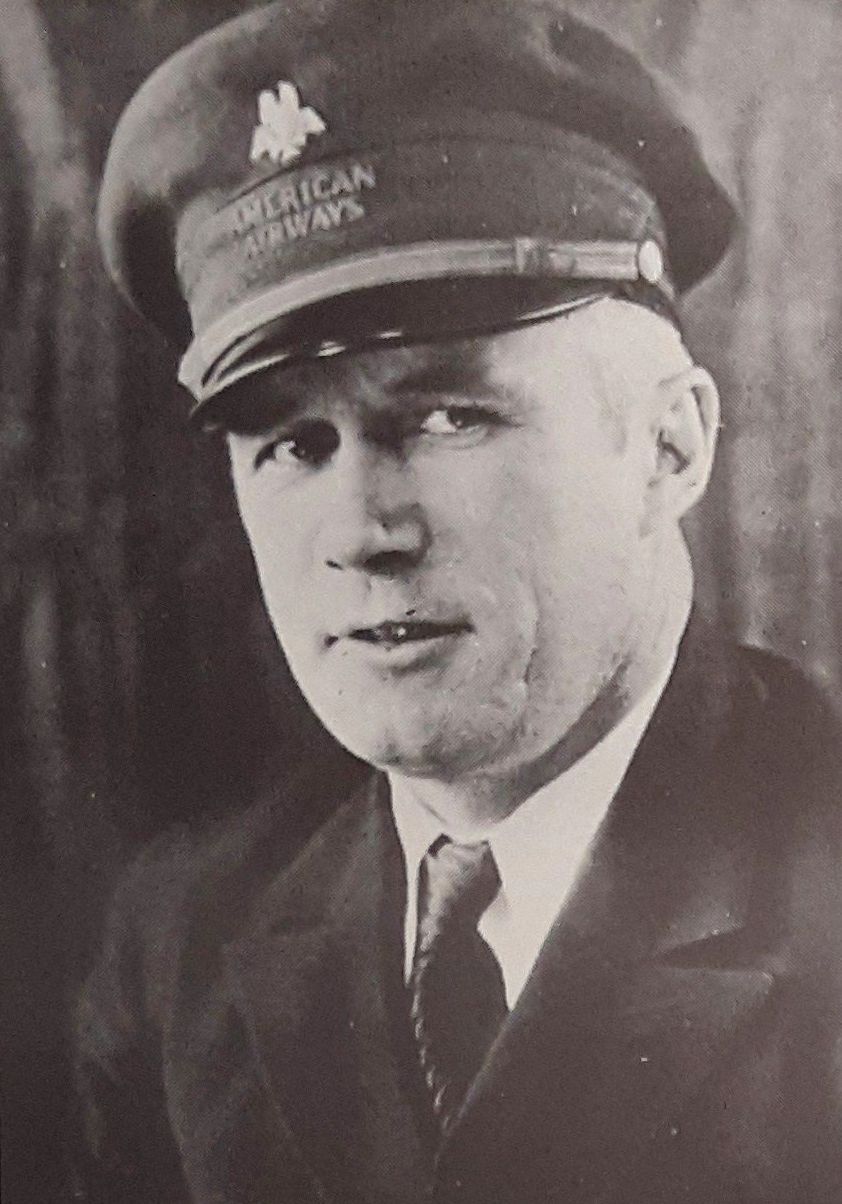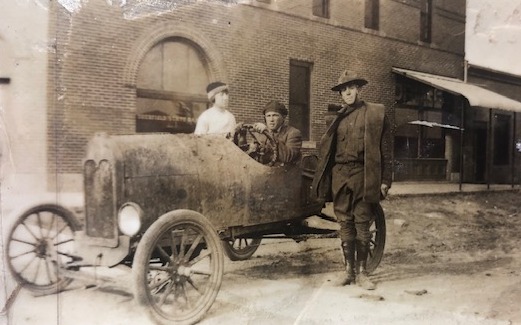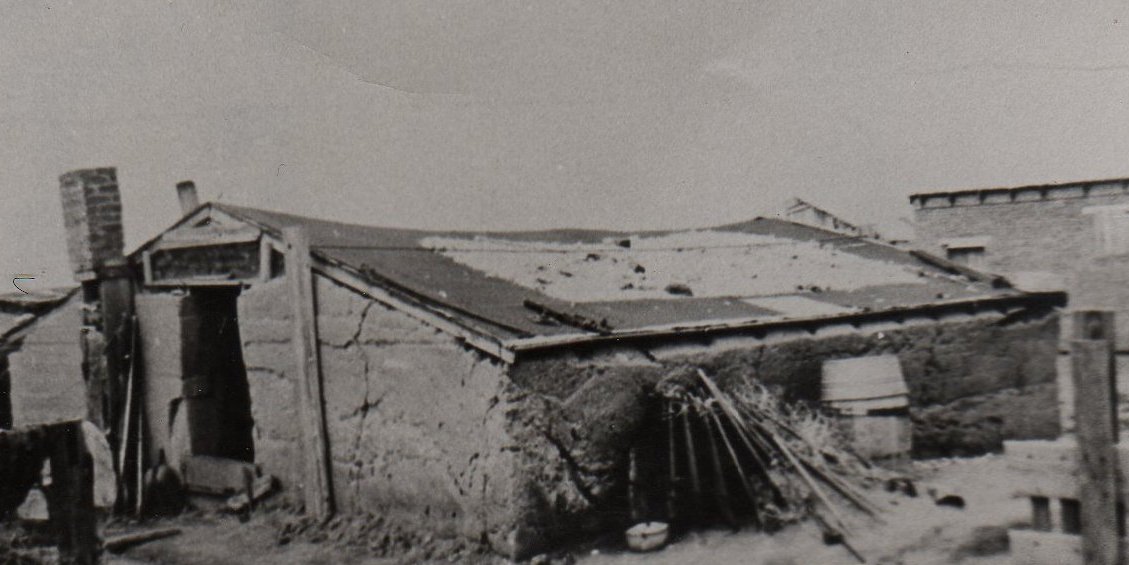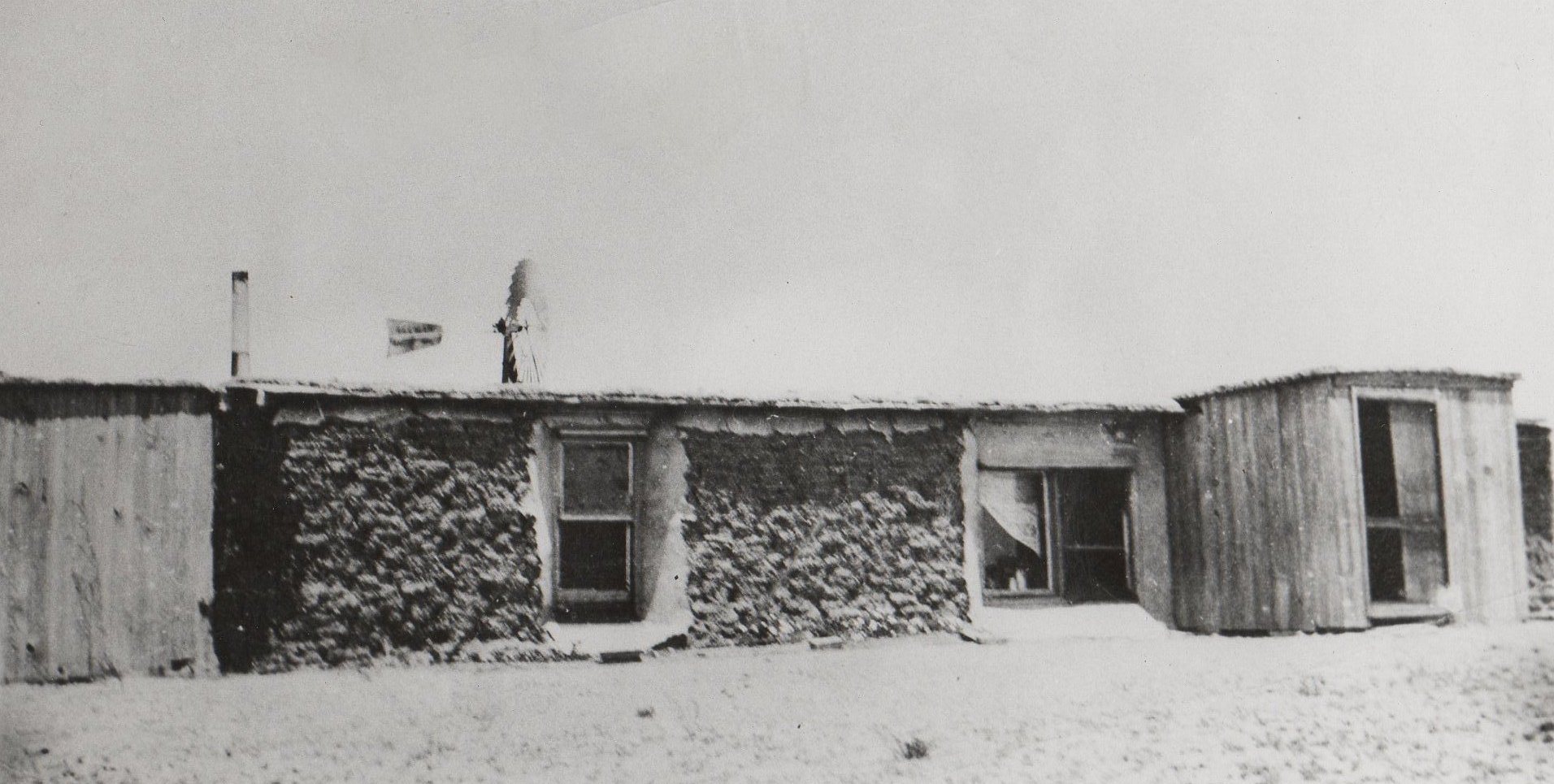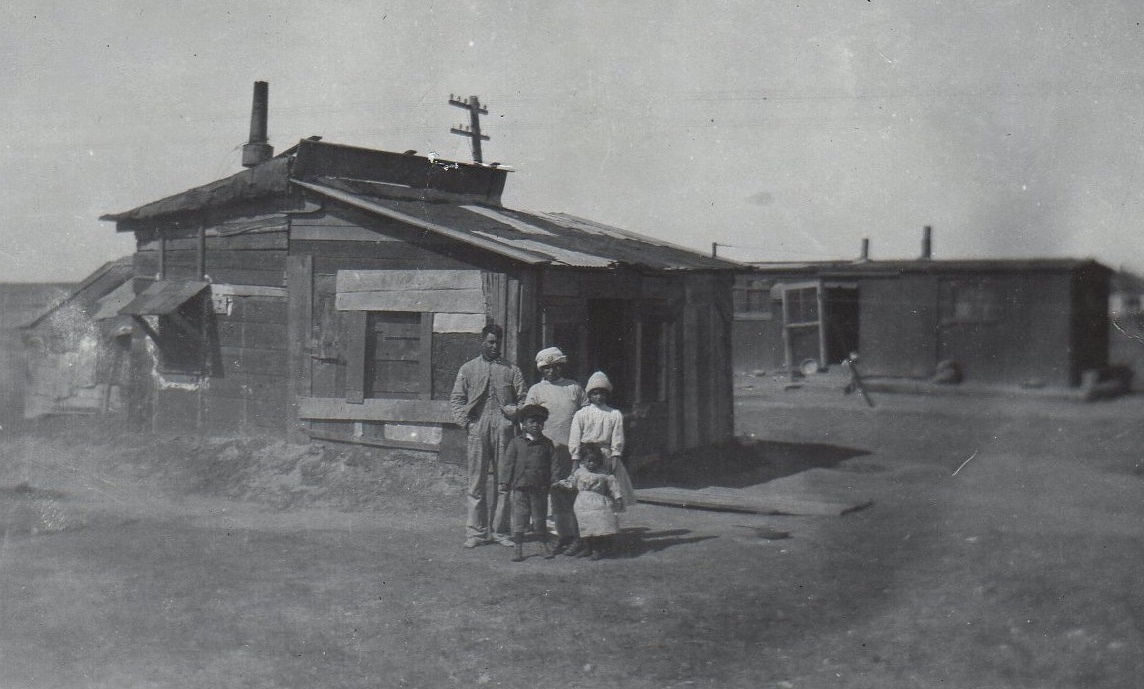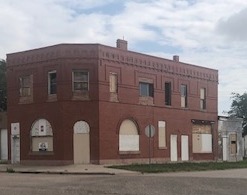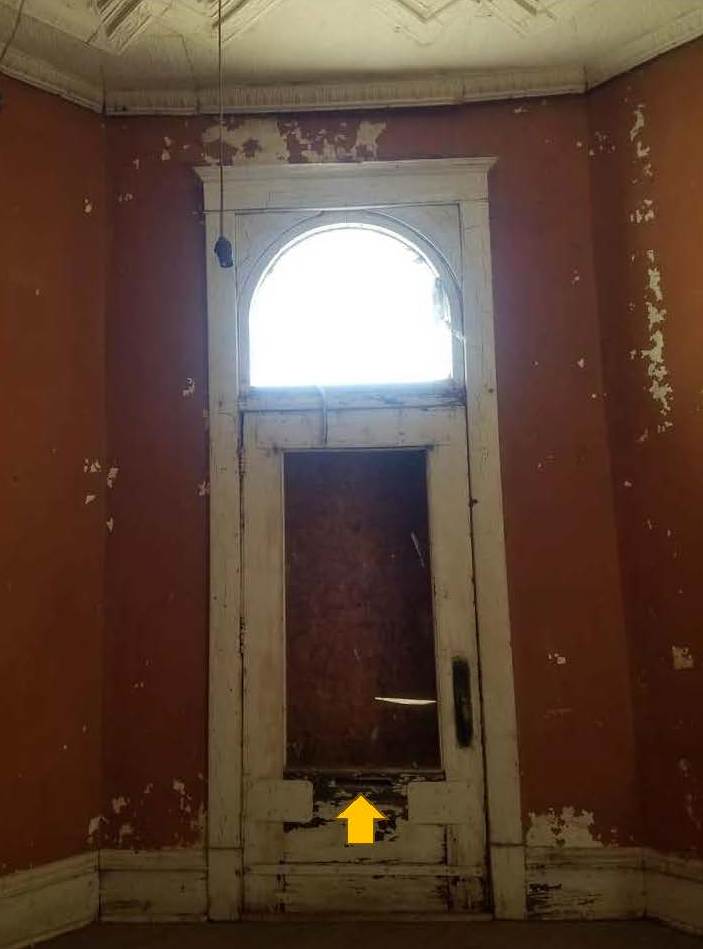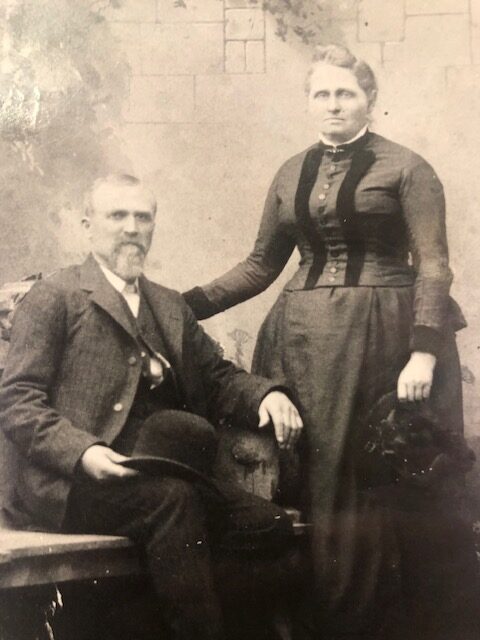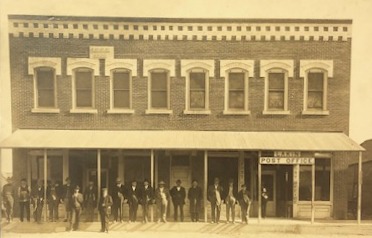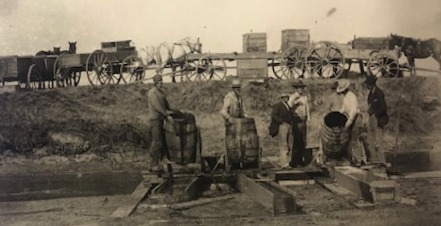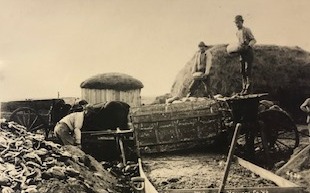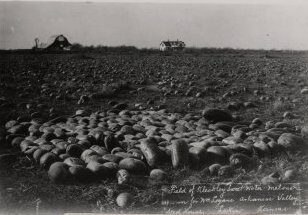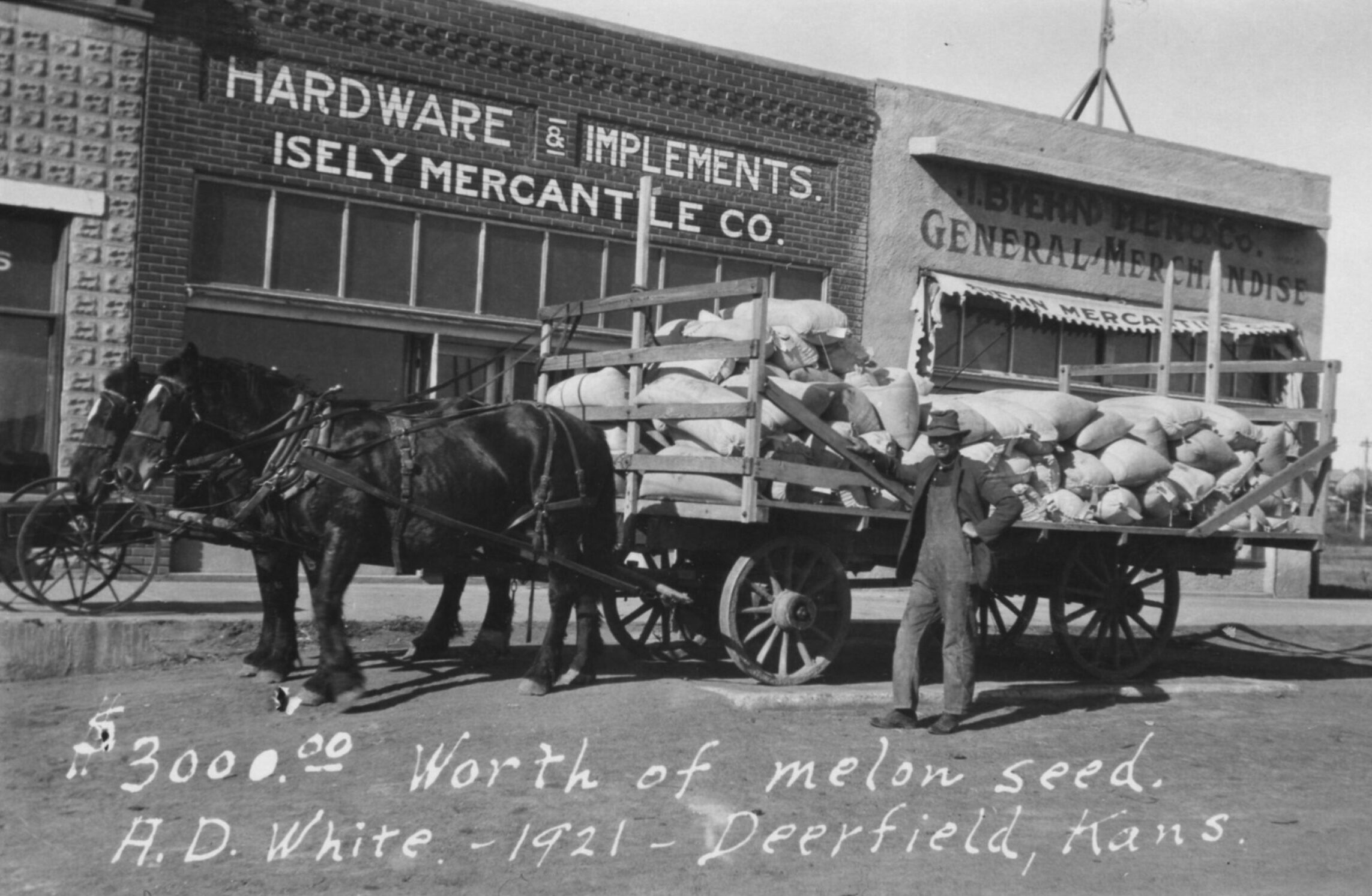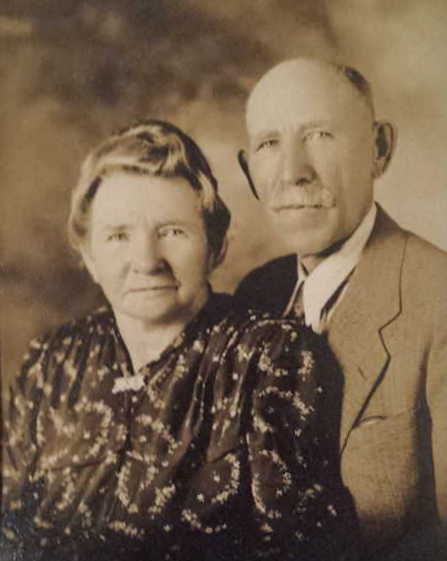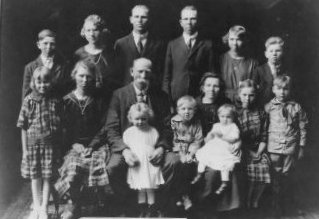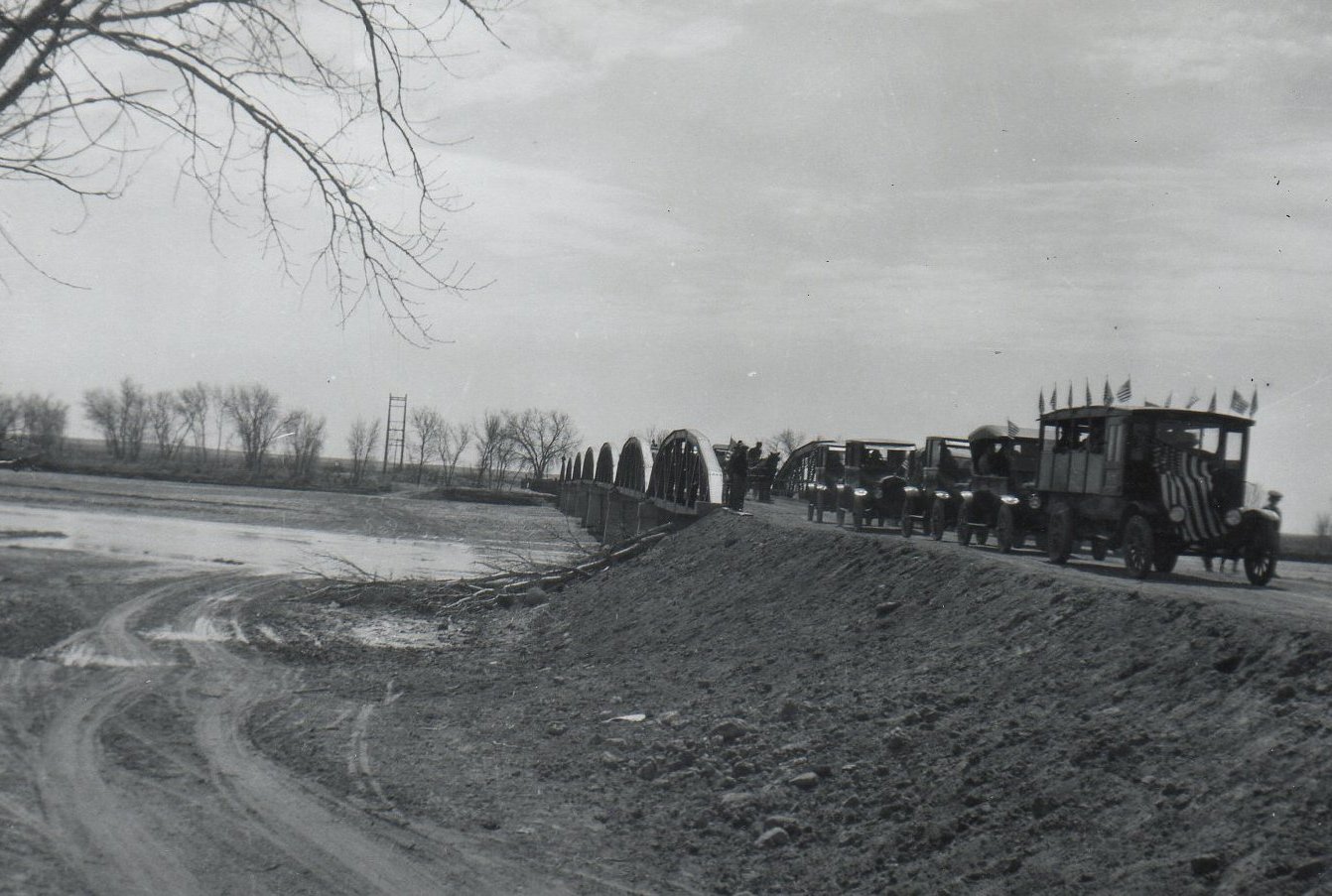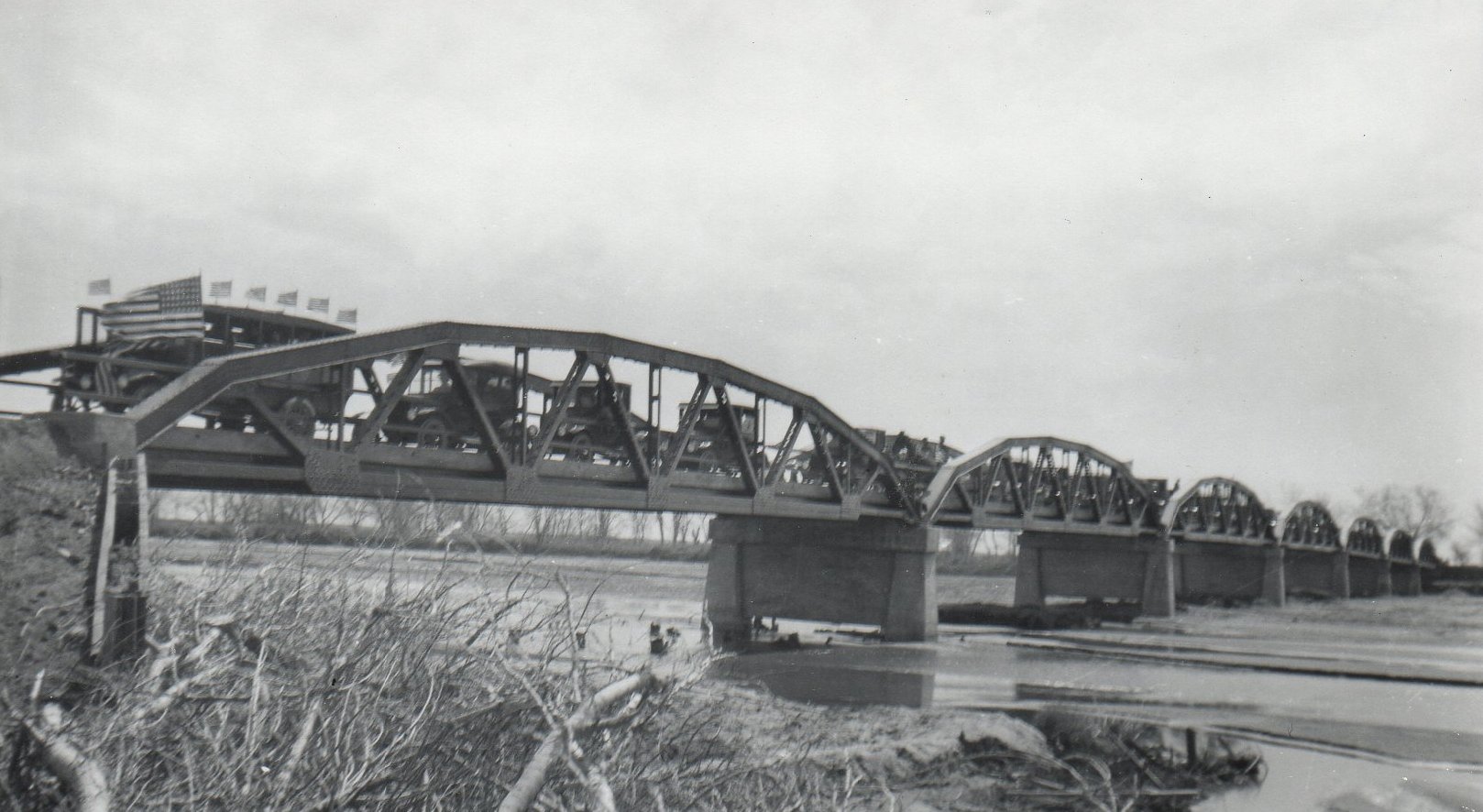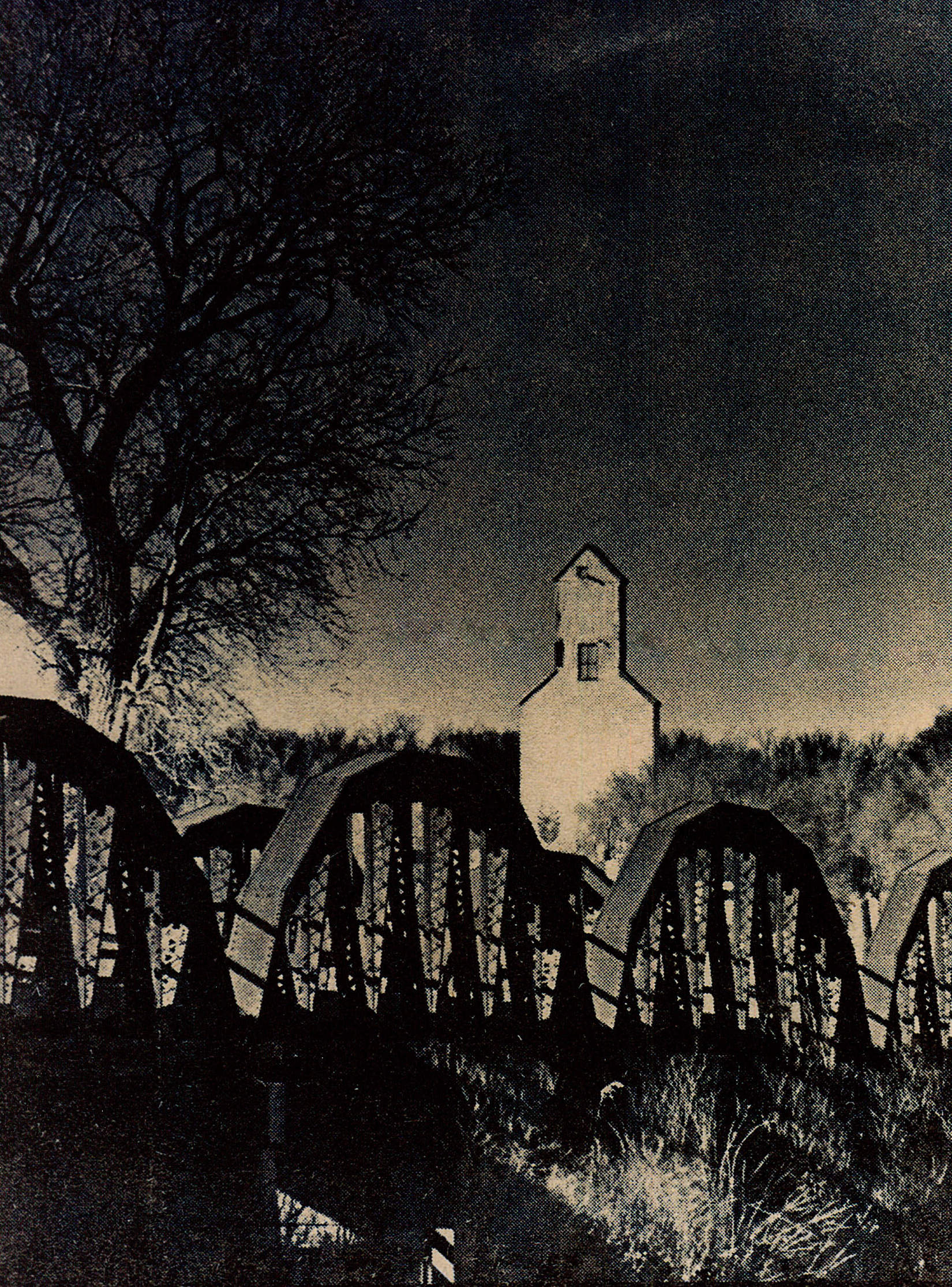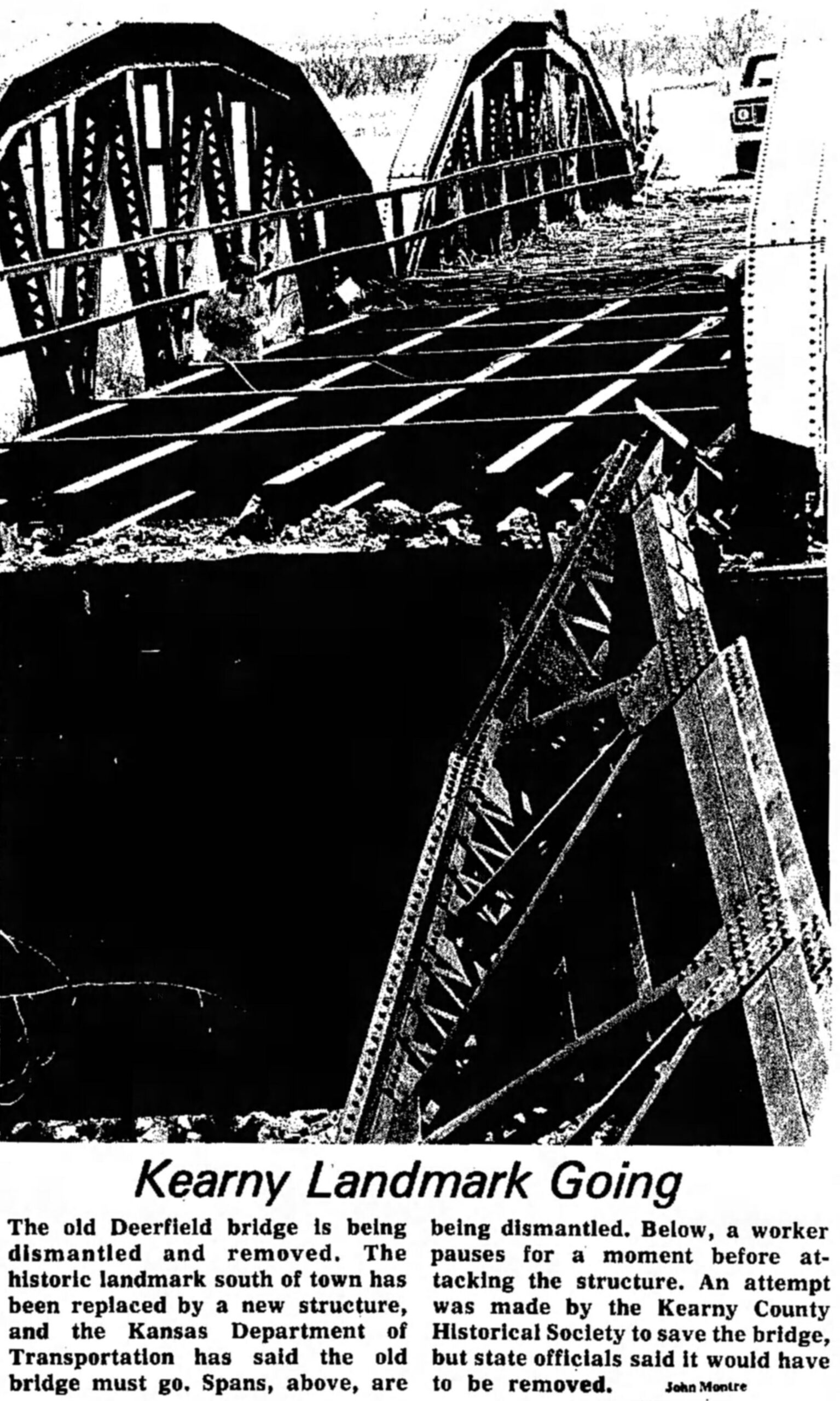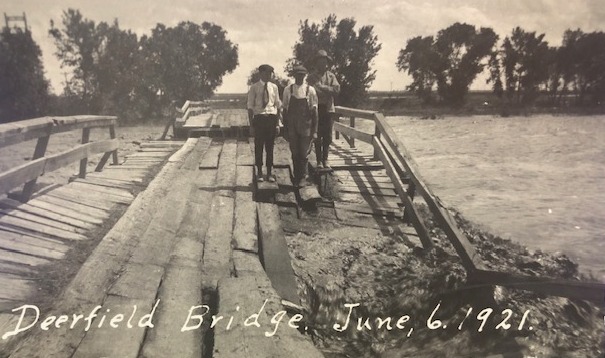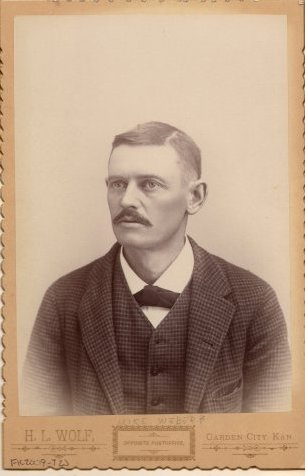 Mike Weber had a serious and somber demeanor and was not known to smile much. Yet, the brother-in-law of Lakin’s founding father was one of the most esteemed citizens in Kearny County. Michael A. Weber was born in Pennsylvania in 1856. He came west to Kansas in June of 1885, settling on a claim near Lakin. In 1895, he married Jennie Farrell at the home of Jennie’s older sister and husband, Mary and John O’Loughlin.
Mike Weber had a serious and somber demeanor and was not known to smile much. Yet, the brother-in-law of Lakin’s founding father was one of the most esteemed citizens in Kearny County. Michael A. Weber was born in Pennsylvania in 1856. He came west to Kansas in June of 1885, settling on a claim near Lakin. In 1895, he married Jennie Farrell at the home of Jennie’s older sister and husband, Mary and John O’Loughlin.
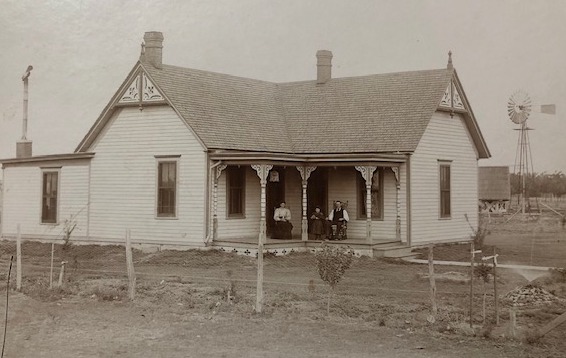
After five years of serving as bookkeeper and clerk at O’Loughlin’s store, Mike went into partnership with John in 1890. All of Lakin was pleased to learn that Mike had become a proprietor of the business. “We feel assured that if the experience and fair dealing are any advantage to purchasers, the new firm will continue to maintain the old prestige of reliability so carefully built up by John O’Loughlin.” Weber remained in partnership with his brother-in-law for 20 years.
In 1910, Mike had a two-story, 100’ long building built at 109 N. Main, and on Dec. 30th of that year, The Lakin Investigator announced that Weber was going into business for himself with the dissolvement of O’Loughlin and Weber. Weber’s shelves were stocked with groceries, dry goods, dishes, clothing, shoes and more. While he did a profitable business for himself, Mike sold out his stock of goods in 1916 and retired from the mercantile business.
Known for his honesty, politeness and conscientiousness, Mike Weber served on the school board, as city treasurer, and was involved with the Kearny County Bank as a stockholder, director and president. Influential in the formation of the Catholic Church here, Mike was one of its most faithful congregants. Jennie was active in the church throughout her life and was a charter member of the Altar Society. Mike and Jennie lived a block away from the church, and they were in charge of ringing the church’s bell three times a day.
Mike passed away in 1929, and Jennie died in 1948. They were survived by two children, Frank Weber and Katherine McBee. Their three other children had died either in infancy or early childhood.
After Mike’s closing-out sale, the interior of his mercantile building was remodeled. A five-foot incline and opera chairs were installed, a new piano was purchased, and a machine booth was ordered to make a first-class picture show. A stage and dressing room were also incorporated to accommodate vaudeville acts, wrestlers, and other live performers. Balcony seats were installed in the facility the following year. The Electric Theatre was in operation by July 4, 1916 and operated by the Weber’s son.
In the beginning, silent moving pictures flickered while Miss Nina Yohn sat at the piano providing background music. With a five-cent admission, the Electric was advertised as the “home of the best pictures” and gave four entertainments per week. In 1924, a fire occurred in the room where the picture machine was situated. Started by an oil heater that was used to warm the room, the blaze was quickly exterminated. Though not much damage was done to the building, the picture machine sustained damage and was replaced with another. By 1931, movie-loving people could take in the best “talkie” pictures, but the theatre ceased to operate year-round, and ads stopped appearing in the local papers. The theatre was still operating at the end of 1932, but we could not conclusively determine when it closed its doors. The Lakin Independent reported that the building was sold for unpaid taxes at a sheriff’s sale in 1940 after standing idle for a good time. Leon Davis was the lucky bidder, acquiring the building for $525. J.J. Nash and Davis moved their hardware/furniture business into the building after the upper story was taken off, the roof lowered, and upstairs windows removed and filled in with brick.
In 1947, Mr. and Mrs. Leon Davis and the Glenn Anschutzs opened Scotty’s Café in the building, but then Leon moved his furniture store back into the building in 1956 after the café closed down. After a bond issue to build a new library failed in 1964, the building was rented to house the county library and museum. In the summer of 1979, Carol Cramer and DiAnne Jaeger opened The County Emporium featuring home furnishings and decorations. It became home to Wheatbelt Credit Union in 1983 and has been a branch office for Golden Plains Credit Union since 1992.

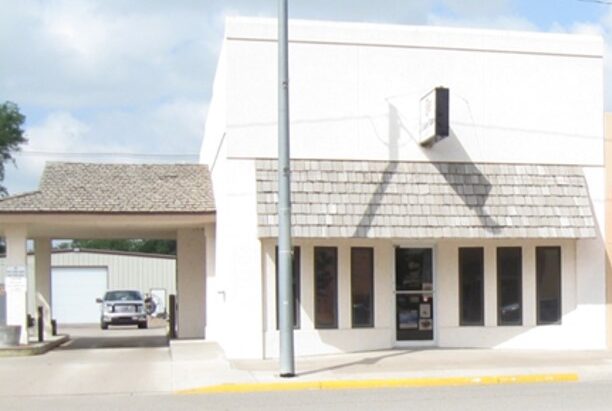
SOURCES: History of Kearny County Vol. 1; Diggin’ Up Bones by Betty Barnes; Museum archives; and archives of the Lakin Investigator, Advocate and Independent.

